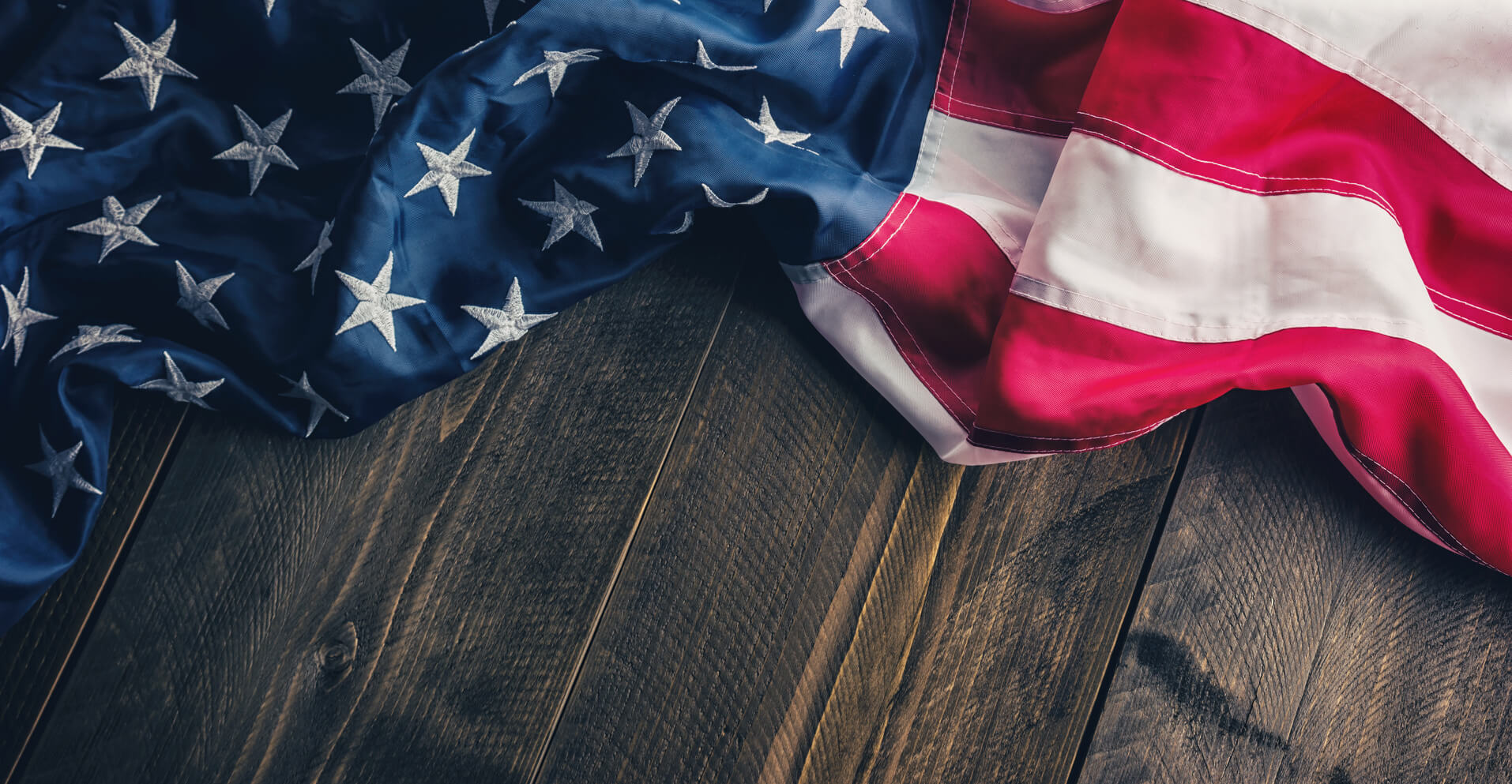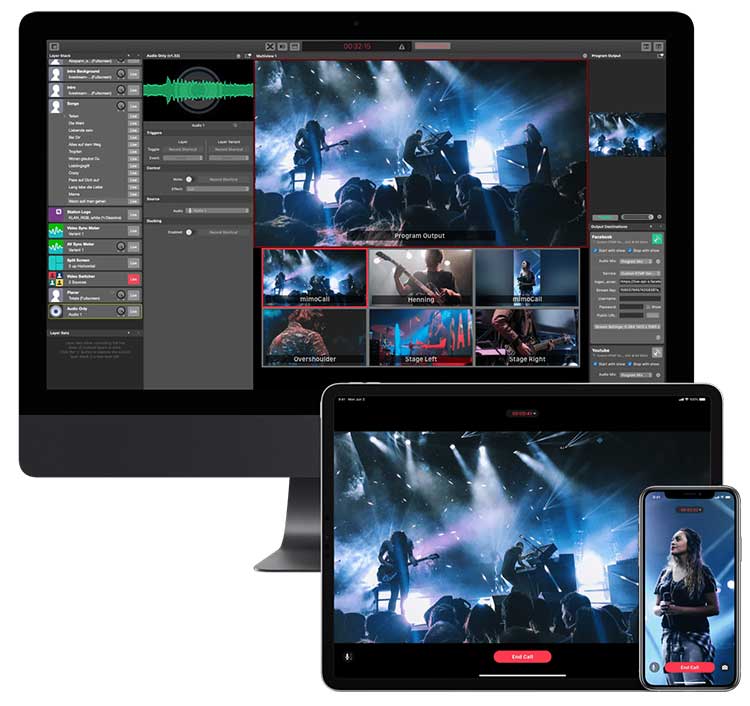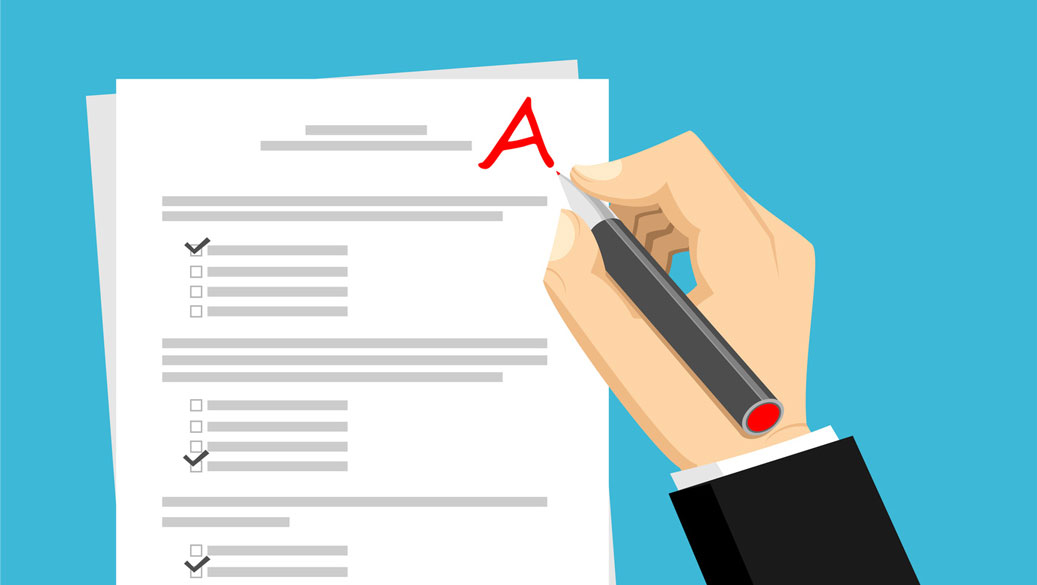The Pledge of Allegiance is a pledge that is recited with the objective of showing allegiance to the United States of America and its flag. It was originally written in the year 1887 by Colonel George Balch. However, it underwent some revision in 1892 by Francis Bellamy.
In 1942, it was officially adopted as the pledge by Congress and in 1945, it’s official name as “The Pledge of Allegiance” was adopted.
The most significant change after that came in 1954 when the words “under God” were included as a part of the official pledge.
The Pledge of Allegiance is considered to be of significance to the US. Congressional sessions are still opened only after the Pledge is recited. The same applies to most government events and meetings. Some private organizations observe the tradition as well.
The Pledge is mandatory for schools as well. It is recited right at the beginning of a school day on a daily basis.
When rendering The Pledge of Allegiance, members are expected to stand in attention with the right hand placed over their left chest. One is also expected to remove any non-religious headdress and hold it over their right shoulder with their left hand.
Men and women in uniform must remain silent, face the flag and salute it when reciting the pledge. The same applies to members of the armed forces that are not in uniform.
Timeline
Below given is a timeline of the Pledge of Allegiance. Let’s take a look at how it came into being and the key changes it has undergone over the years.
1892 – The Pledge of Allegiance is published for the first time in a magazine for juveniles called “The Youth’s Companion”. The Pledge is written as a tribute to America’s 400th Anniversary as a nation.
Free Worksheet: The meaning of The Pledge Of Allegiance
1924 – The originally published “I pledge allegiance to my Flag…” is now changed to read as “I pledge allegiance to the flag of the United States of America…”
1942 – The US government officially recognizes the pledge.
1943 – In the West Virginia State Board of Education vs. Barnette, the Supreme Court passes a ruling stating that forcing an individual to recite the pledge goes against the 1st and 14th amendments. This was after a student, belonging to the Jehovah’s Witness group, refused to recite the pledge on the basis of a religious belief.
1954 – The words “under God” are added to the Pledge by Congress after a request from President Dwight D. Eisenhower.
The “Under God” Debate
In 1998, a suit, requesting the removal of the words “under God”, was filed against the Broward County school board in Florida by a Dr. Michael Newdow. However, the case was dismissed for a lack of standing.
Newdow is said to have been agitated after he felt that his daughter, who he claimed was an atheist, was being forced to render the Pledge against her personal wishes. Strangely, Sandy Banning, Newdow’s ex-wife and the mother, stated that their daughter was not an atheist and that she did not have problems with reciting the pledge.
The case continued further, while Banning and Newdow fought for custody over their daughter. In 2000, Newdow, who identified as an atheist, brought the same case against Califonia’s Elk Grove school system. His daughter was attending Florence Markofer Elementary School in Elk Grove at the time.
In 2002, the 9th Circuit Court of Appeals ruled that reciting the Pledge of Allegiance was unconstitutional. They deemed it as an act that endorsed religion due to the presence of the words “under God”.
In 2004, Newdow presented his case before the Supreme Court. However, the Supreme Court dismissed the idea that the Pledge of Allegiance was unconstitutional, stating that Newdow had no legal standing.
In 2005, Newdow and 8 other plaintiffs filed a suit at a federal court based in Sacramento. Their objective remained the same; to remove “under God” from the Pledge. Newdow even went on to sue four Sacramento school districts on behalf of other people and his own family members.
In the same year, a 4th US Circuit Court of Appeals stated that all public schools must recite the pledge. The court rejected the claim that reciting the Pledge was unconstitutional and used a Virginia law to make the recital mandatory.
The court also stated that the pledge was not an affirmation of religion and instead, it simply endorsed patriotism. The ruling was in response to a case filed by Edward Myers of Sterling, Virginia, who felt that his children should not have to say “under God” when reciting the Pledge.
Towards the end of 2005, a contradictory ruling was passed by U.S. District Judge, Lawrence Karlton of U.S. District Court in California’s Eastern District. The judge ruled that it was unconstitutional to recite the Pledge of Allegiance and that the words “under God” went against children’s’ rights to be free from being coerced to into affirming God.
In 2009, another case titled “Frazier vs. Alexandre” was fought in the US 11th Circuit Court of Appeals. The case dealt with the excusing of students from reciting the Pledge irrespective of their personal beliefs.
Several other cases were fought in the following years over the same issue. Some states ruled in favor of reciting the Pledge, while others called it unconstitutional. So, as you can see the Pledge of Allegiance is a sticky topic among parents, children and the authorities.
Now, that brings us to the original question about including the Pledge of Allegiance in your school’s morning announcement.
Should You?
Well, the honest answer is that it ultimately depends on your own state’s laws and also the opinions of your students and their parents. So, we suggest you have a meeting of the Parent Teacher Association and discuss the possibility of including the Pledge of Allegiance in the morning announcement. You can also have a discussion with your students and arrive at a general consensus over the topic.
Do note that almost half the states still require the Pledge to be recited, so, your state could very possibly be one of them.
Photo Credit Featured Image: © fotolia / rcfotostock






